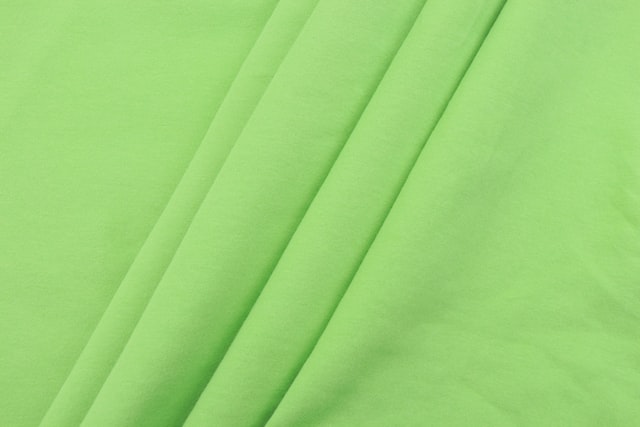How To Make Sage Green Paint
Sage green color paint can be efficiently made by mixing the colors simply that are next to green on the wheel of colors, which are yellow and blue, in the appropriate ratios. Plus, sage green is a specific shade of greenish color, and determining the correct balance of color may be tough.
After making sage green paint, it is possible to alternate the hue somewhat. Also, you can warm up its tone by making the addition of yellow to it or simply cool it down by making the addition of blue. More yellow will probably lead to the moss-green color, & more blur color will make teal or sea-green color.
Wanna know exactly How To Make Sage Green Paint? Just have a look below at the incredible steps to understand all about How To Make Sage Green Paint;
How To Make Sage Green Paint
Step#1. Select the closest color on the palette:
Following the identification of the hue family, green, you must now choose the green you want to employ. Here, you can see that I have two shades of green. Lemon yellow and Prussian blue are the primary colors in the formulation of Green A, which is vibrant emerald green. Cadmium yellow and ultramarine blue are used to create Green B, a more muted green color.
Step#2. Assess & adjust the sage green value you want:
When it comes to painting, most people start with a gray-green. We’re looking for a shade of green that falls somewhere in the center. I used white to change the value of both of my original greens, as seen in the second column above. It’s understandable if the colors don’t exactly match the intended shade of sage green. We’ll get there in the end.
Step#3. Evaluate & adjust the intensity or saturation:
This is the stage when you add color to your green to make it less saturated or grayed out. To begin the desaturation process, I normally add a little amount of the color complement. In this situation, red is the color that is the opposite of green. What kind of red do you use for this project? Your orange-red or violet-red, which one is it?
I’ll show you the results of blending the two reds one more time. I added a little orange-red to the bright green (Green A) on the top row (cadmium red light). WARNING: Only add the tiniest quantity of red at a time since you want to preserve the integrity of your green combination. It doesn’t take much red to swiftly overwhelm green. A little practice may be required.
I added a small dab of my magenta rose (violet-red) to Green A in the second row. You may see a little change in the gray greens. Are there any specifics that stand out to you?
You can notice that I desaturated my Green B combination in the next picture. As you can see in the third row, I threw in a little of my violet rose. Isn’t it interesting how the colors have changed?
Sagebrush green is what you’re searching for, so which of these three colors is the best match? Maybe all three of these? Yes, they all can.
Step#4. Compare & make the final adjustments:
Finally, I added a little amount of my original green-blue (Prussian blue) to make it bluer, as well as more white in combining sage green. The tonality in the upper right corner still needs to be tweaked a little further.
Because I was having so much fun with it, I thought I’d teach you another way to make sage green. As before, I used a different green for this row but followed the same methods. This color is a blend of cerulean blue and yellow, with a hint of orange. After that, I desaturated it using a combination of violet-red and more tweaking to get the final sage green.
Conclusion
This article has summarized all the necessary information about How To Make Sage Green Paint. We hope now you will have all your doubts and confusion sorted out. On the first try, if you don’t succeed to make sage green paint, just make more attempts and you will surely be able to know How To Make Sage Green Paint efficiently.
